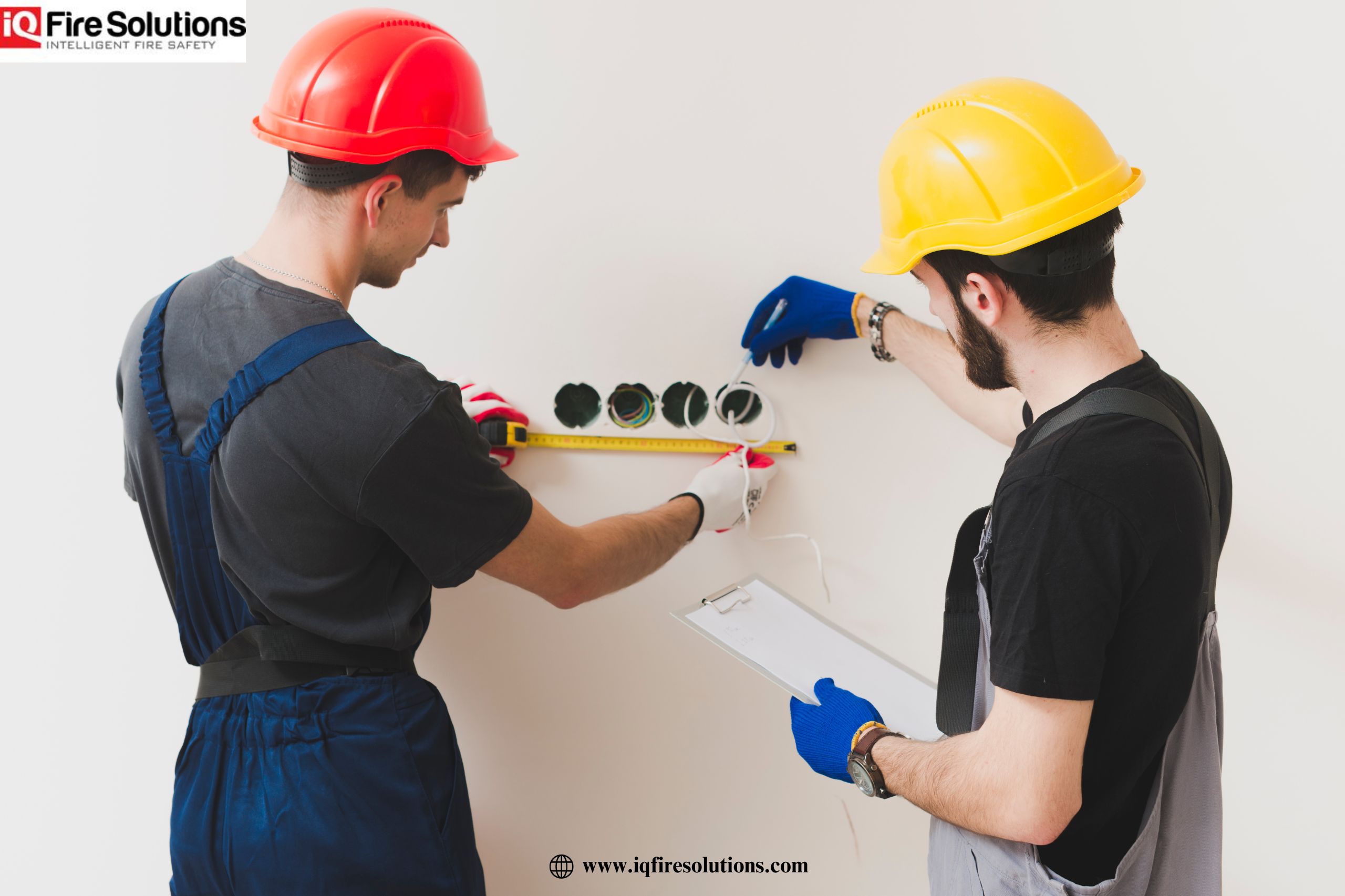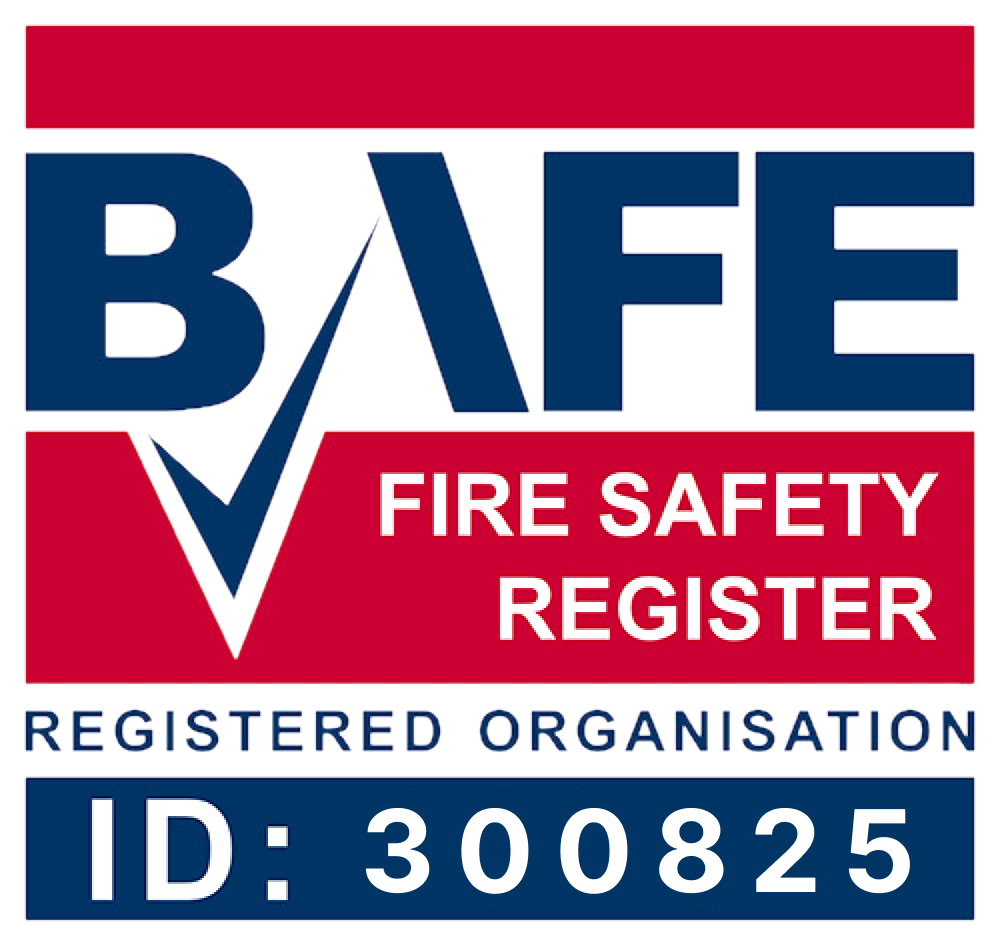When it comes to emergency lighting solutions, battery backup is essential. Without battery protection, the lights could fail in an emergency situation – leading to dangerous and potentially fatal consequences.
In this article, we will be looking at how battery backups provide continuous protection for emergency lighting systems and how they can help improve safety.
We’ll also discuss the different types of batteries available on the market today and their advantages and disadvantages. By understanding these issues, businesses can make informed decisions when choosing a reliable battery backup system that meets their needs.
What Is Battery Backup?
Battery backup is a system which ensures that emergency lighting solutions remain operational in the event of a power cut or failure. It is an essential part of any safety plan, providing continuous protection and peace of mind for those who rely on it.
The battery backup process works by using either lead-acid batteries or lithium-ion cells to store energy. As soon as there’s a drop in voltage from the main electrical supply, the stored power kicks in to keep everything running until normal service resumes.
In addition, most systems also have indicators showing when maintenance and replacement will be required, so you can rest assured that your lights will stay powered even if something unexpected happens.
Benefits Of Battery Backup For Emergency Lighting
Continuous power is a key benefit of battery backup for emergency lighting; it ensures that power is running, even in the event of an outage.
Cost savings can also be achieved with battery backup solutions, as they offer a more reliable and cost-efficient alternative to diesel generators.
Battery backup for emergency lighting solutions provides great assurance of safety, as they provide lighting during a power outage and help to prevent accidents or other hazardous situations.
Continuous Power
Nothing is worse than the power going out in an emergency, leaving you and your loved ones fumbling around in the darkness.
But with a battery backup system for your emergency lighting, you can have peace of mind that continuous protection will be provided.
This means no matter what happens to mains electricity, these lights will always be on hand to provide illumination during a black-out or other crisis situation.
Battery backups are incredibly reliable, so even if the worst were to happen, you know that the essential services required would still remain available throughout.
This ensures safety and security for everyone involved – offering absolute reassurance when it’s needed most.
Cost Savings
Not only is a battery backup for emergency lighting incredibly reliable, but it can also help you save money in the long run.
By having a system that relies solely on battery power, there’ll be no more costly repairs or replacements for damage to mains electricity.
Plus, these batteries are designed to last many years before they need replacing – meaning your expenditure is kept low and your budget stays healthy!
All of this adds up to one thing: peace of mind when it comes to cost savings.
Safety Assurance
It’s not just the money-saving aspect of battery backup for emergency lighting that makes it so useful; safety is also paramount.
With no reliance on mains electricity, you can rest assured knowing that your system won’t be affected by any power cuts or surges – ensuring that anyone in the vicinity will remain safe and sound.
What’s more, these batteries are designed to last long periods of time without needing replacements, meaning you’ll have peace of mind when it comes to overall security too.
All this adds up to a reliable, cost-effective, and ultimately secure way of powering emergency lights.
Types Of Batteries For Backups
Having a reliable source of power can make all the difference between life and death, or at least ensure continuous protection during outages.
The two most popular types of batteries used are lead-acid and lithium-ion. Lead acid batteries tend to be heavier and bulkier than their counterparts but they’re also more affordable and have better performance in high temperatures. They offer good cycle life but may need frequent maintenance due to corrosion buildup over time.
Lithium-ion batteries, on the other hand, are lighter weight and much smaller making them ideal for tight spaces. They require less upkeep but their cost tends to be higher compared to lead-acid ones.
Making sure your backup system is up to date with quality components will help keep you safe from unexpected power outages – no matter which type of battery you choose.
Choosing The Right Battery For Your Needs
We’ve got to consider battery capacity when selecting our emergency lighting solutions.
It’s important to know the installation requirements for the battery backup too.
Environmental conditions can also have an effect on battery performance, so we’ll need to bear that in mind.
Battery Capacity
When it comes to batteries, capacity is key. You don’t want one that won’t last long enough during an emergency, so you need to make sure the battery has enough juice to power your lighting solution throughout a blackout or other disruption.
Consider how big of a battery you need and if multiple smaller ones will be better suited for your needs – this way you can have reliable backup protection without having to worry about only relying on one large battery.
Always take into account the size of your system as well as the potential load when choosing the right option for your specific application; after all, it’s best to be safe than sorry in these situations!
Installation Requirements
Once you’ve decided on the right battery for your needs, it’s time to look at installation requirements.
Depending on where you want to place it, there may be certain regulations that need to be adhered to.
You’ll also need to ensure that it is properly connected and wired up in order to function correctly.
It’s best to get a qualified electrician or technician if you’re not confident doing this yourself – they’ll know exactly what needs to be done and can make sure everything is set up safely and securely.
So always check local laws before installing any kind of battery system, as well as seek professional advice if needed; this way, you can guarantee your backup power will remain reliable when faced with an emergency situation.
Environmental Conditions
Once the installation is taken care of, it’s important to consider environmental conditions.
Depending on where you live, temperatures can fluctuate greatly and this could have an effect on your battery system.
So if you want to make sure that your batteries last as long as possible, then it’s worth taking a look at what kind of temperature range they’re designed for.
Make sure that any storage space or area where the batteries are kept isn’t too hot or cold; otherwise, their performance may be compromised.
Additionally, keep in mind that some types of batteries need more maintenance than others.
This includes regular cleaning and checking fluid levels etc., so factor these into your decision-making process when picking out the right one for you.
Installation And Maintenance Of Batteries
Having discussed the importance of selecting the right battery for your emergency lighting needs, it is now time to consider installation and maintenance.
It is important that a qualified electrician carries out any work associated with these devices as they are potentially hazardous if not handled correctly. For example, incorrect wiring could cause circuit overloads or short circuits. Taking appropriate steps prior to fitting will help ensure safety, such as checking all components are compatible and up-to-date in accordance with regulations.
In addition to this, regular maintenance should be carried out on batteries every 6 months or so in order to maintain their performance levels and extend their lifespan. This includes cleaning both terminals and housings; testing voltages; replacing corroded parts; refilling cells with distilled water where necessary; lubricating moving parts (if applicable); and ensuring there are no loose connections present.
Adhering to a schedule like this will go some way towards safeguarding against unnecessary downtime due to power failure caused by faulty equipment.
Testing And Monitoring Systems
Testing and monitoring systems for emergency lighting solutions are like a guardian angel, always keeping an eye out to ensure that the lights come on when needed. With regular testing and maintenance checks, you can rest assured knowing your backup system is reliable in times of need.
Here are four key points to consider when establishing a successful testing and monitoring system:
- Regular tests should be conducted at set intervals to verify the battery’s ability to provide power during emergencies.
- All components of the system should be regularly inspected for signs of wear or damage.
- IT personnel must carefully evaluate any changes made to the overall setup before they are implemented.
- The system should also include remote access capabilities so technicians can easily diagnose issues remotely if necessary.
Having a safe, secure and dependable emergency lighting solution is paramount in providing continuous protection in case of a blackout or other unforeseen event. Testing and monitoring systems play an important role in ensuring that this protection never fails – making sure that we’re never left in the dark.
Regulations And Compliance Requirements
When it comes to emergency lighting solutions, regulations and compliance requirements are of utmost importance. It is vital that the battery backup system installed meets all relevant standards and specifications. This ensures not only that it is fit for purpose but also that user safety is maintained.
In Britain, the Regulatory Reform (Fire Safety) Order 2005 sets out a range of legal duties for employers, owners and occupiers of buildings which includes ensuring an adequate supply of electricity in case of power failure or disruption.
To be able to meet this requirement and ensure effective protection during such situations, the use of uninterruptible power supplies and batteries should be considered as part of any emergency lighting solution. The appropriate selection will depend upon the particular circumstances, taking into account factors such as size, type and layout of premises; the number of occupants; duration of back-up required etc.
The use of reliable personnel familiar with legislation can help to identify these needs and provide guidance on suitable products so that an overall compliant solution can be achieved.
Frequently Asked Questions
How Much Does Battery Backup For Emergency Lighting Cost?
Ah, the age-old question: How much does it cost to have a bit of peace of mind?
Well, you already know that having a battery backup for emergency lighting is essential for ensuring continuous protection – but what about the price tag?
Let’s face it, when you’re trying to stay within budget there isn’t any room for splurging.
But don’t worry, this isn’t going to break the bank! In fact, we’d go so far as to say that investing in some emergency lighting with a battery backup is an absolute bargain compared to your average holiday shopping spree.
So why wait any longer? Get yourself some reliable emergency lighting and enjoy uninterrupted protection at an affordable price.
How Long Do Emergency Lighting Batteries Last?
When it comes to emergency lighting batteries, longevity is key.
Manufactured with the highest quality materials and built to last, these specialised batteries can usually provide reliable service for three to five years.
For optimal performance, they should be tested twice a year and replaced every few years depending on use.
It’s also important to keep in mind that different types of battery backups have different lifespans; so make sure you check your manufacturer’s instructions before making any decisions about replacement or installation.
What Are The Safety Risks Associated With Emergency Lighting Batteries?
When it comes to emergency lighting batteries, safety risks are a key concern.
In fact, a recent study found that 1 in 10 people have experienced an electric shock due to the unsafe installation of emergency lighting batteries.
This highlights the importance of having these items checked and maintained regularly by qualified professionals.
Not only can this protect those working on your premises from potential harm but also ensure that you remain compliant with relevant health and safety regulations.
What Is The Best Way To Store Emergency Lighting Batteries?
When it comes to storing emergency lighting batteries, the best way is in a cool and dry place. This will help ensure that they remain at optimal performance levels for when you need them most.
It’s also important to check on your batteries regularly (at least once every six months) to make sure they’re still functioning correctly – this will give you peace of mind that everything’s ok.
Furthermore, if you can, it’d be wise to avoid exposing the batteries to extreme temperatures or damp conditions as this could damage them irrevocably.
All in all, with proper storage and maintenance, these batteries should provide reliable protection during an emergency situation.
Are There Any Special Disposal Requirements For Emergency Lighting Batteries?
When it comes to disposing of emergency lighting batteries, there are a few things you need to keep in mind.
Firstly, it’s important that the battery is disposed of safely and responsibly. You should never throw them into regular household waste as this can be hazardous for the environment.
Secondly, some local authorities may require special disposal procedures due to their potentially toxic nature – so make sure you check with your council before getting rid of any used batteries.
Finally, if possible try and find recycling services or drop-off points near you that will accept old emergency lighting batteries – they’ll put them to good use while reducing the amount of harmful material entering landfill sites.
In conclusion, battery backup for emergency lighting solutions is a must-have in order to ensure continuous protection.
It can be costly, but the peace of mind it provides makes it worth every penny.
When properly maintained and stored, batteries will last for years – like a rock in an ocean of uncertainty.
When disposing of these batteries, special care needs to be taken as they contain hazardous materials that need to be treated with respect.
All in all, having a reliable source of power during potential emergencies is invaluable; like a lighthouse guiding you through dark waters.















































